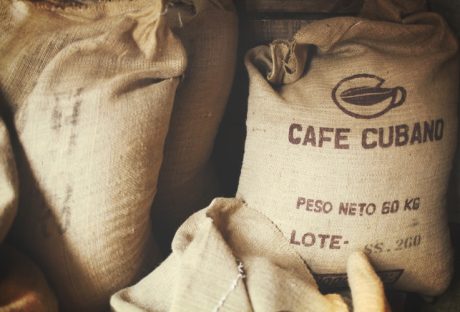Using a rental storage unit does not sound complicated, all you have to do is bring your items and leave them there. However, this is not exactly true. The application of the storage units must be done in the correct order to achieve your goals.
There are some precautions that you must take to make sure that your items are stored safely. We have a couple of tips that should make the entire process be a smooth one.
Essential Precautions You Need To Take For Availing The Storage Units
There are several essential factors you need to take care of while you want to make use of the storage units. In this article, you will get a complete idea about it. Some of them are as follows:-
1. Find the right unit
Choosing a rental unit is the logical first step. You should start by looking for companies in your area, such as public storage Chicago. A simple online search can help you find storage that is close to you. There are also two options that you must choose between. You can get a full-service storage or self-storage.
2. Full-service storage vs self-storage
A full-service storage means that someone will pick up your items and take them to the storage unit, which means that you do not have to do anything. In addition to that, you can also choose the date when you want them back. There are even companies that let you do that from your smartphone. Many people choose this method because this means that there is less work to do for them. You can also check your belongings since these facilities also take photos of them and upload them to your online inventory.
Self-storage is the second option, and it is more popular. With this type of storage, you will be the one who takes the items to the storage unit. When you want to get them back, you will be the one who has to go there and pick them up. You will also be responsible for your own documentation. Obviously, the costs for this option are cheaper.
3. Size
The size is another factor that you should think about. Luckily for you, there are multiple options available. Usually, each company has at least five types of units: 5’x5’, 5’x10’, 10’x10’, 10’x15’ and 10’x20’. If you need something bigger than that you should search for large storage units. Stacking carefully will also help you take advantage of all the space you have.
4. Get a lock
Rental storage units should provide security for your items, but it is better to be extra safe. Buy a lock for your unit, but choose it carefully. Choose a lock that can be cut with a bolt cutter if this is needed and make sure that it can handle weather changes.
5. Prices
You should know that the cost of a rental storage unit is based on how many items you store and for how much time. If you choose self-storage, the contracts are usually on a month-to-month basis. When it comes to full-service companies you will also find some that only accept a three-month minimum.
Final Take Away
Hence, these are some of the core reasons why you have to take care of several facts while you want to develop the security measures of your home.
Work out the plans that can help you to maintain the home security measures in the best possible ways. Do not make your choices in grey while you want to develop your security measures in all possible ways.
Try to develop the tech items you can display your decor. Make your choices in the right direction to achieve your objectives in the best possible ways. Make sure of your choices in the right direction while selecting your storage spaces.
Read Also:






















